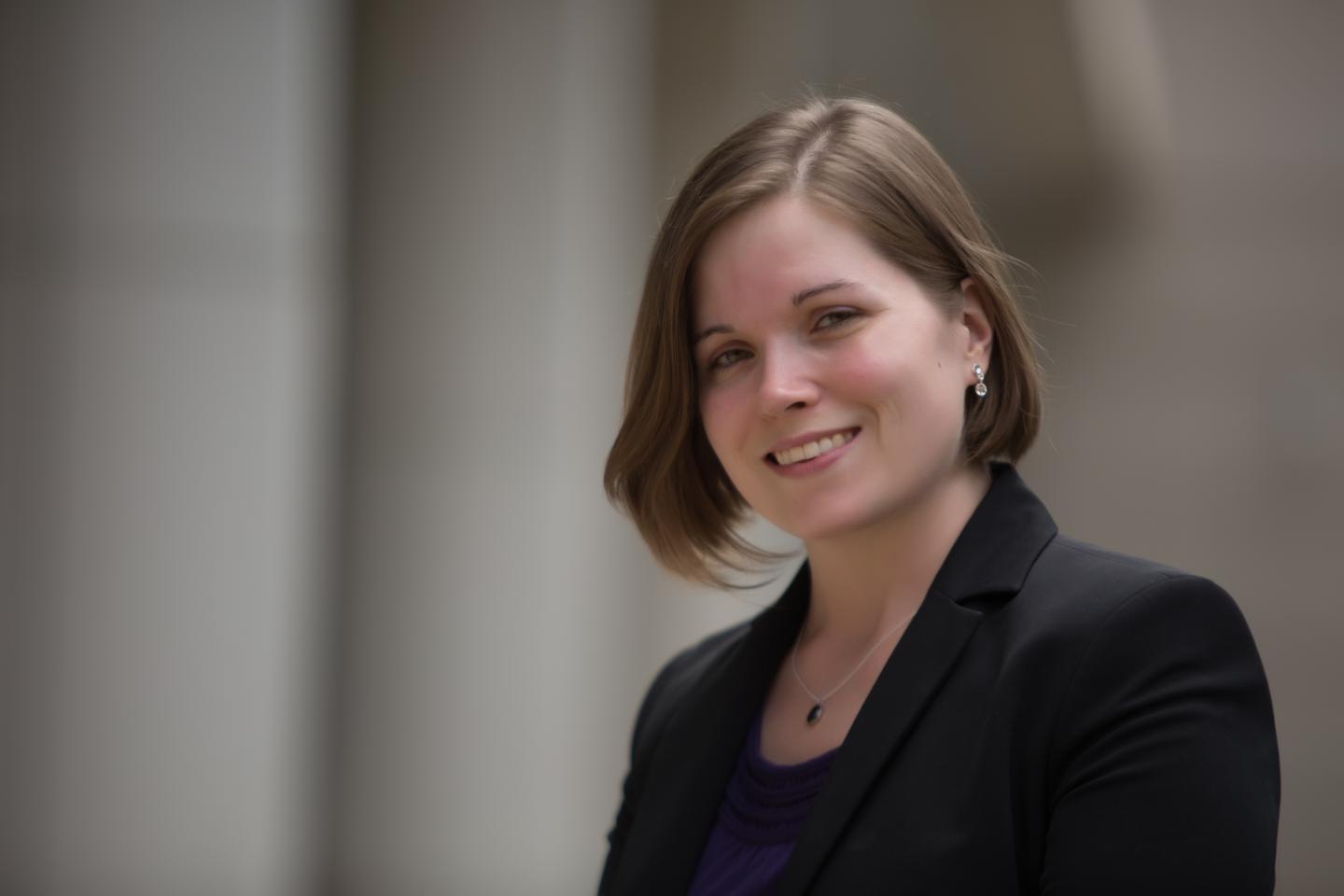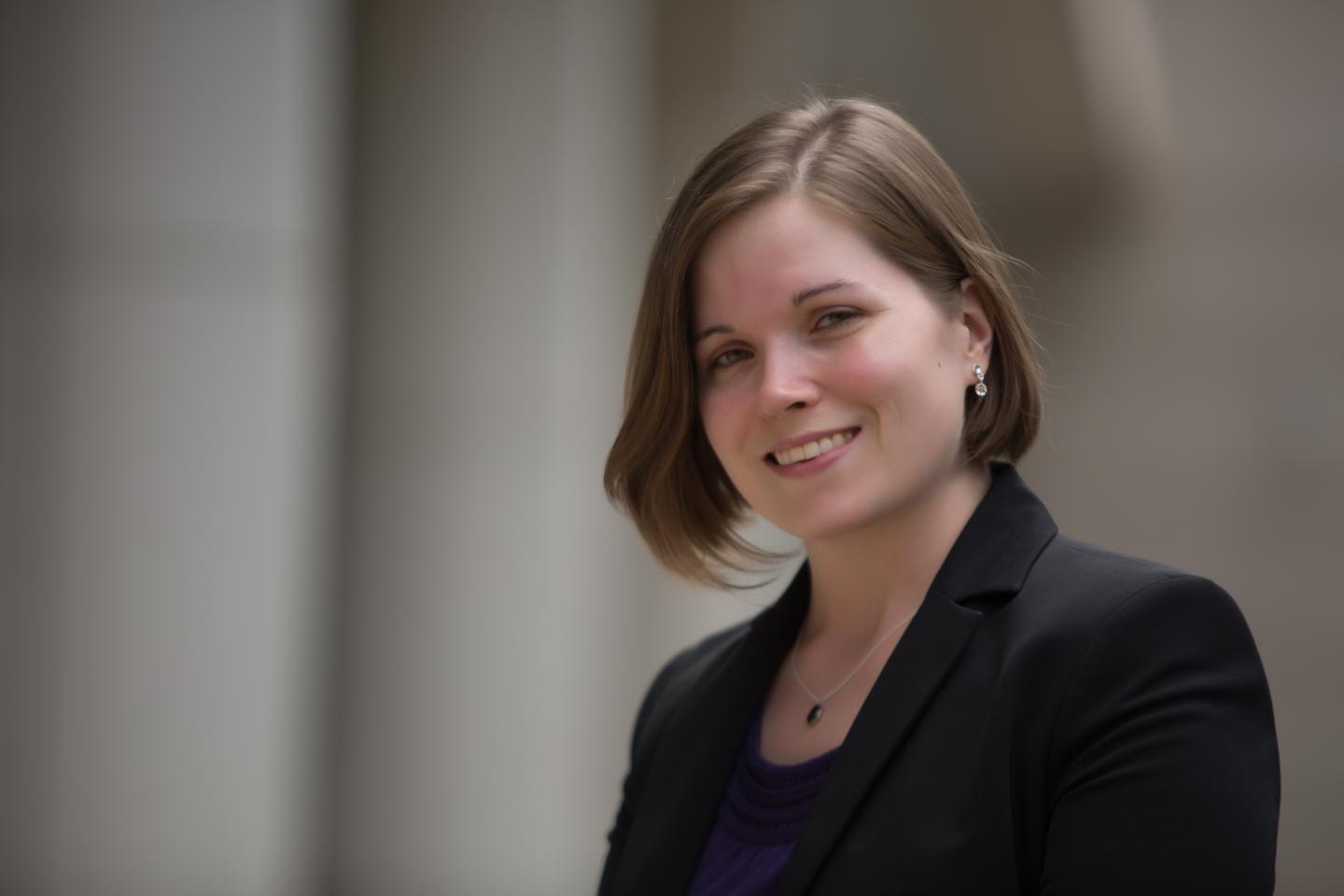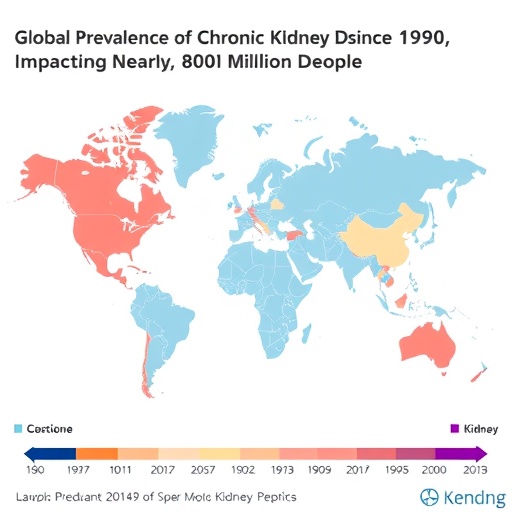
Credit: UNC Lineberger Comprehensive Cancer Center
CHAPEL HILL — State laws designed to ensure that the pill form of cancer drugs is not more costly than treatments given through an infusion in a clinic or hospital have had a mixed impact on patients' pocketbooks, according to University of North Carolina Lineberger Comprehensive Cancer Center researchers.
Forty-three states and Washington D.C. enacted so-called "parity laws" since 2011 that require patients pay no more for oral cancer treatments than they would for an infusion of the same treatment. In an analysis of the impact of parity laws published in JAMA Oncology, UNC Lineberger researchers and collaborators from Harvard Medical School report modest improvements in costs for many patients. However, patients who were already paying the most for their medications, saw their monthly costs go up.
"Although parity laws appear to help reduce out-of-pocket spending for some patients, they may not fully address affordability for patients needing cancer drugs," said UNC Lineberger's Stacie B. Dusetzina, PhD, assistant professor in the UNC Eshelman School of Pharmacy and the study's first author. "We need to consider ways to address drug pricing directly, and to improve benefit design to make sure that all patients can access prescribed drugs."
As the use of orally administered cancer treatments has increased, parity laws were created to make sure that cancer patients would not incur higher costs because their doctors had prescribed a pill form of a drug. List prices for orally administered cancer treatments have been as much as $100,000 per year. Advocates of parity laws have suggested that differences in the way that pharmacy and medical benefits are covered could mean increased costs for patients filling prescriptions for drugs taken at home.
When doctors prescribe an orally-administered cancer treatment, patients face at least two different charges – the amount they paid when they went to the doctor's office and the amount they will pay when they obtain the prescription drug from the pharmacy. For patients receiving infused drugs, these products typically have been given at an office visit and not charged separately. "Having charges for both medical and pharmacy expenses could create an undue burden on patients based on the type of drug they were prescribed," Dusetzina said. "This has become even more important in recent years because many newer treatments for cancer are orally administered so a growing number of people with cancer will face these potentially higher costs."
To gauge the impact of the laws on treatment costs, researchers analyzed health claims data for 63,780 adults from three large, nationwide insurance companies before and after parity laws were enacted from 2008 to 2012. They compared the cost of filling a prescription for cancer drugs for patients in health insurance plans that are covered by the state laws, compared to the cost of prescriptions for patients whose insurance plans were not. At the time of the study, patients were in one of 16 states that had passed parity laws at that time.
Dusetzina and her colleagues found that patients paying the most for their cancer pill prescriptions experienced increases in their monthly out-of-pocket costs. For those whose costs were more expensive than 95 percent of other patients, their out-of-pocket costs increased an estimated $143.25 per month. Those paying more than 90 percent of what other patients paid saw their costs increase by $37.19 per month.
The proportion of medication fills requiring patients to spend more than $100 per month out-of-pocket increased from 8.4 to 11 percent for plans subject to parity laws, while plans outside of the laws saw a slight decline.
Dusetzina said that one issue that may be impacting cost is that the parity laws do not address the affordability of cancer drugs.
"One of the biggest problems with parity laws as they are written is that they don't address the prices of these medications, which can be very high," she said. "Parity can be reached as long as the coverage is the same for both oral and infused cancer therapies. Because we're now seeing more people insured by plans with high deductibles or plans that require them to pay a percentage of their drug costs, parity may not reduce spending for some patients."
On the other end of the spectrum, patients who paid the least for their pill-based cancer treatments saw their estimated monthly out-of-pocket spending decrease. Patients in the 25th percentile saw an estimated decrease of $19.44 per month, while those in the 50th percentile saw a $32.13 decrease, and patients in the 75th percentile saw a decrease of $10.83.
In addition, more patients had no copay for their plans after parity went into effect. For plans covered by the laws, the proportion of prescription fills with no copay increased from 15 to 53 percent – more than double the increase for plans that weren't covered.
"From our results, it looks like many plans decided they would just set the co-pay for oral drugs to zero; instead of $30 per month those fills were now $0." Dusetzina said.
They also found that average six-month health care costs – including what was paid by both the health insurance companies as well as the patients – did not increase as a result of parity laws.
"One of the key arguments against passing parity both for states that haven't passed it, and for legislation at the federal level, has been that it may increase costs to health plans, but we didn't find evidence of that," Dusetzina said.
###
In addition to Dusetzina, other authors are Haiden Huskamp, PhD, Harvard Medical School; Aaron Winn, PhD, MPP, formerly of UNC Gillings School of Global Public Health and now at the Medical College of Wisconsin; Ethan Basch, MD, MSc, UNC Lineberger; and Nancy Keating, MD, MPH, Harvard Medical School.
The study was supported by a grant from the American Cancer Society. Conflicts of interest: Dusetzina serves on the National Academy of Sciences Engineering and Medicine Committee "Ensuring Patient Access to Drug Therapies."
Media Contact
Bill Schaller
[email protected]
919-962-3405
http://cancer.med.unc.edu/





